After 9 days in North Vietnam, we have finally reached our last day in Hanoi.
One of the things that has fascinated me the most is the houses. The price of land in Hanoi is astronomical ($20 000 to $35 000 per m2!) so all the houses are built right up to the edge of their tiny blocks. Most look like they’re about 4m wide, and are generally 3 or more stories high.
The bottom level includes the shop/ business at the front, which often doubles as a motorbike garage. Behind this appears to be some living quarters, with the upper levels for each generation – youngest at the top, elders on the lower levels. There is generally a small balcony on each level, but often the thick wooden doors and shutters are closed which must make the houses very dark inside.
As you can see, there are some pretty ramshackle places in town, but there are also many newer buildings that have replaced them. Note the power lines… in places they’re like a pile of spaghetti!
The centre of Hanoi is fully built out, but as you move out of the city, there are new houses being constructed in the same style. It looks quite odd to see these tall, skinny houses with vacant blocks in between them! The new houses aren’t painted on either side as this will eventually be covered up.
The building practices have fascinated me. Hundreds of pieces of timber appear to be used for the formwork, and the bricks appear to be structural, not just cladding. After the bricks are complete, the home is rendered and painted. Dodgy scaffolding and no safety equipment…
My final reflection on Hanoi is that it’s a fascinating city, filled with warm and friendly people. It’s been great to watch the business owners sit on the street with their neighbours waiting for their customers, and to watch young and old Vietnamese people come together to eat on tiny plastic chairs on the pavement and catch up on life. We’ve felt safe, comfortable and welcome – what more can we ask for?
Our Hue guide, Mr Trung collected us from the airport and made our first stop lunch. Over the last 10 days we’ve become more and more adventurous with our restaurant choices, but our guide pushed us to a new level. The ‘restaurant’ below managed to feed and water us all for $10.30 – including entree! We’re now aiming for sub-$10 lunch. Thankfully, the grotty-ness of the kitchen isn’t visible 🙂
The primary tourist attraction in Hue is the Citadel (walled city). The Citadel was built in 1802 by the Nguyen dynasty, whose 13 Kings ruled Vietnam until 1945. The site covers over 6km2, and is surrounded by walls of up to 2m thick.
Within the walls there were homes and ‘offices’ for the King, his brother, his mother and Grandmother, along with large spaces devoted to the ancestors. The King and his family lived in a special walled area within the Citadel call the Purple Forbidden City. Many of the buildings were destroyed during the war, however those that are left are now under restoration after the area was named a World Heritage Site in 1993.
The photo below shows the area where the people worship the past Kings. Only 10 of the Kings are worshipped in this place (the ones buried in Vietnam – 2 of the others are buried in France, and 1 wasn’t considered worthy) and you can see how ornate the site is, with a very Chinese flavour.
Dinner in the bar recommended by the hotel, which served Andrew a 640ml stubbie. For some reason they seem so quick to encourage Western food – we even had to ask for chopsticks! We all enjoyed a game of pool and felt very much like Aussie tourists for the night. If they’d had the Boxing Day test and the Sydney to Hobart playing it would have felt like home :))
Love M & the Bunch xx
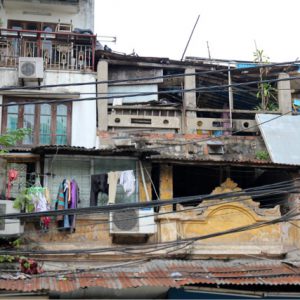
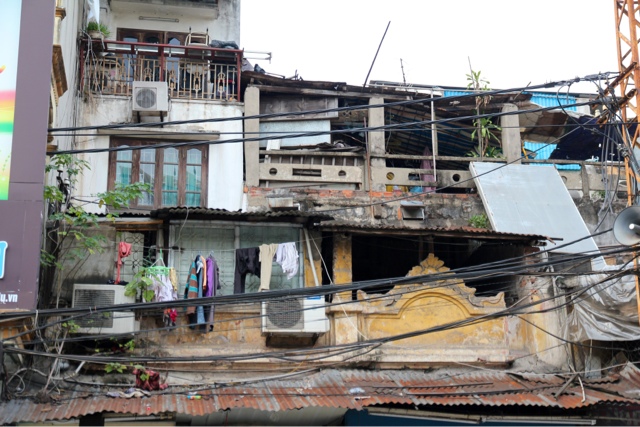
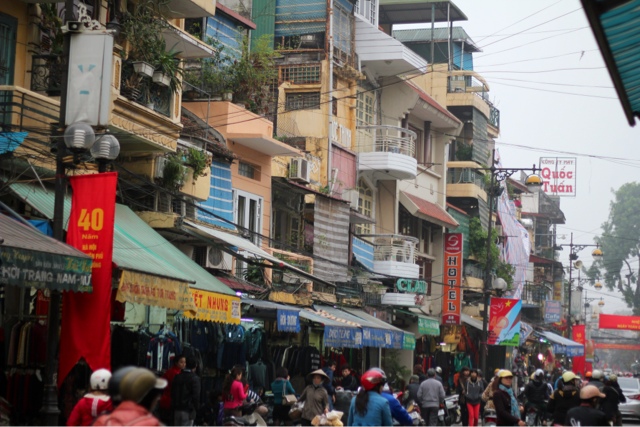
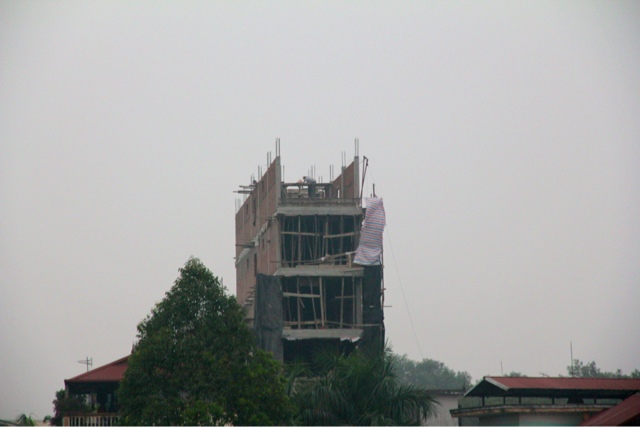
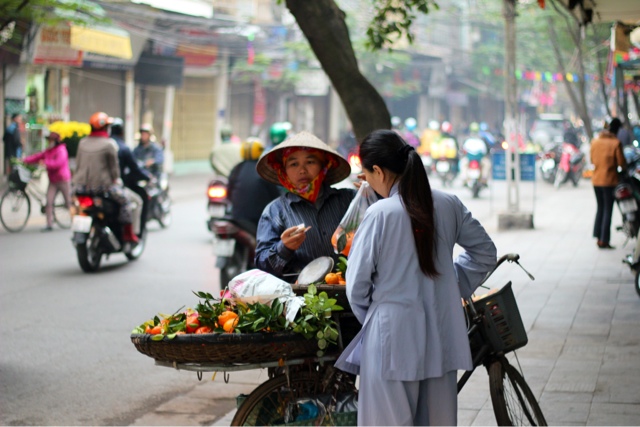
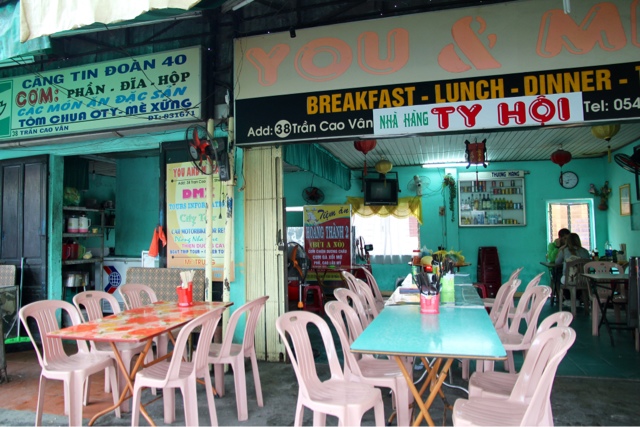

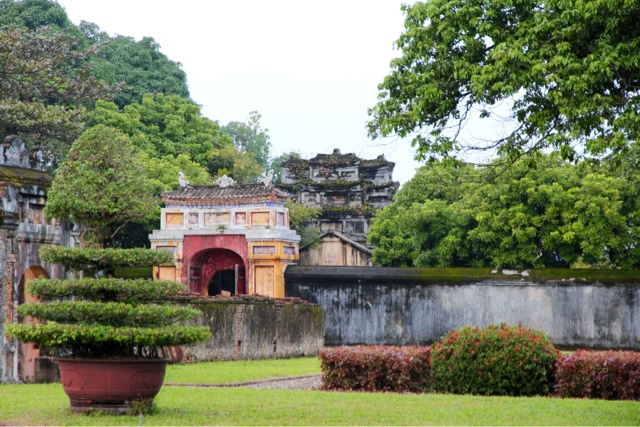
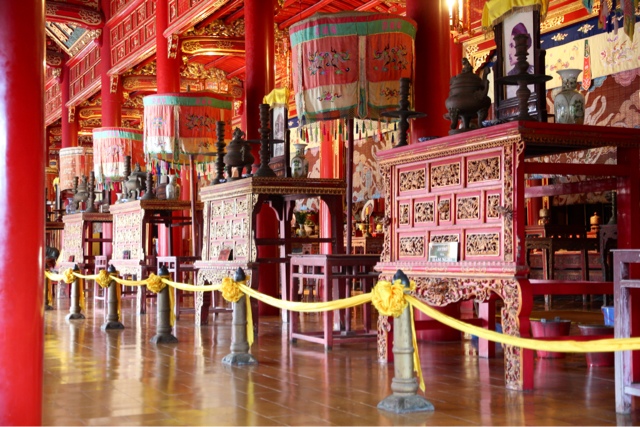
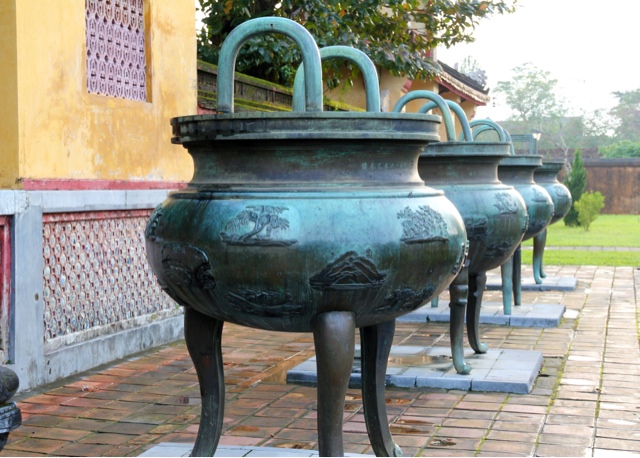
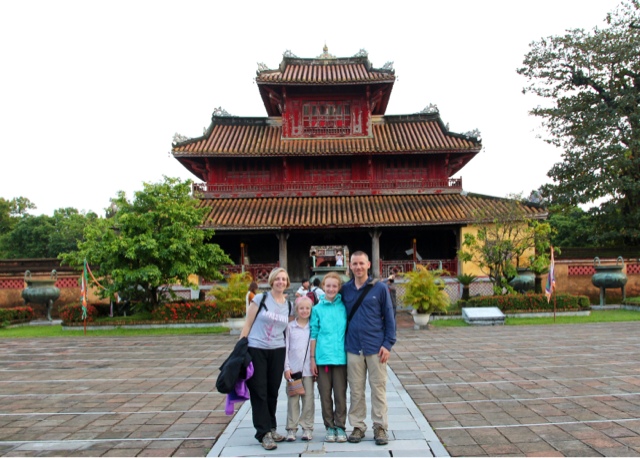
Comments are closed